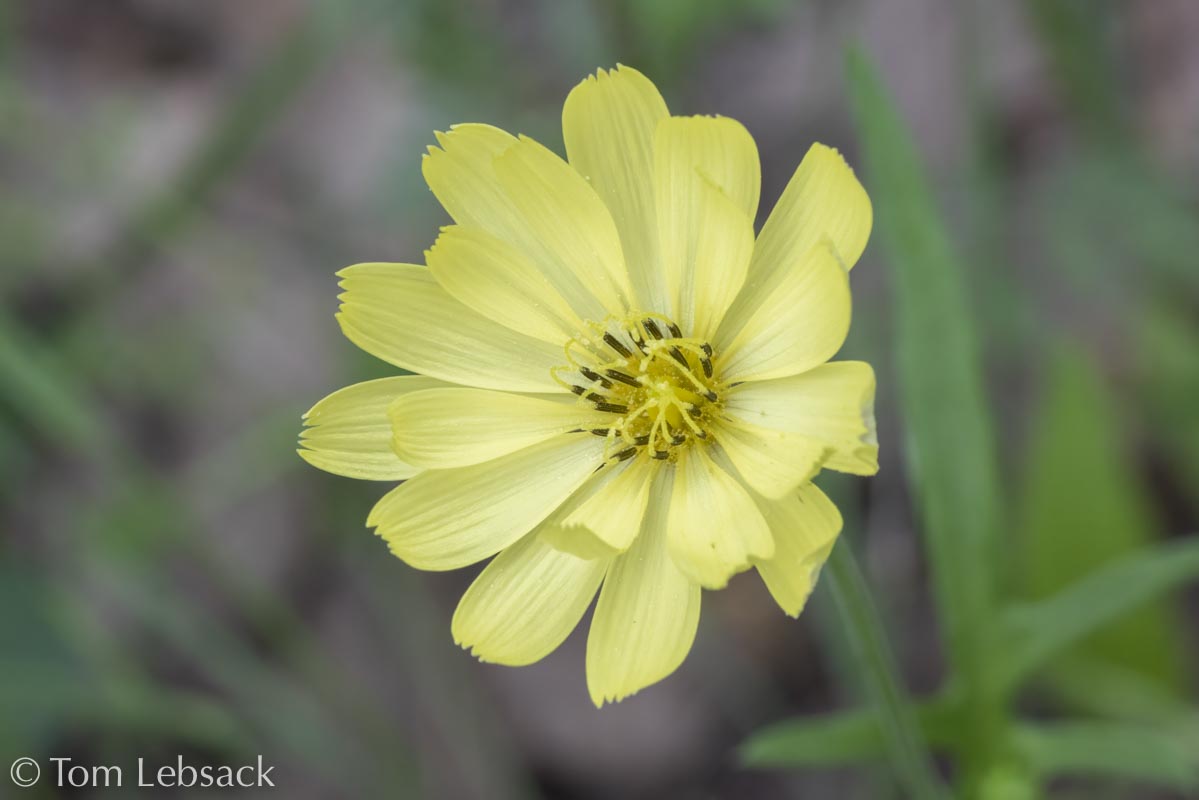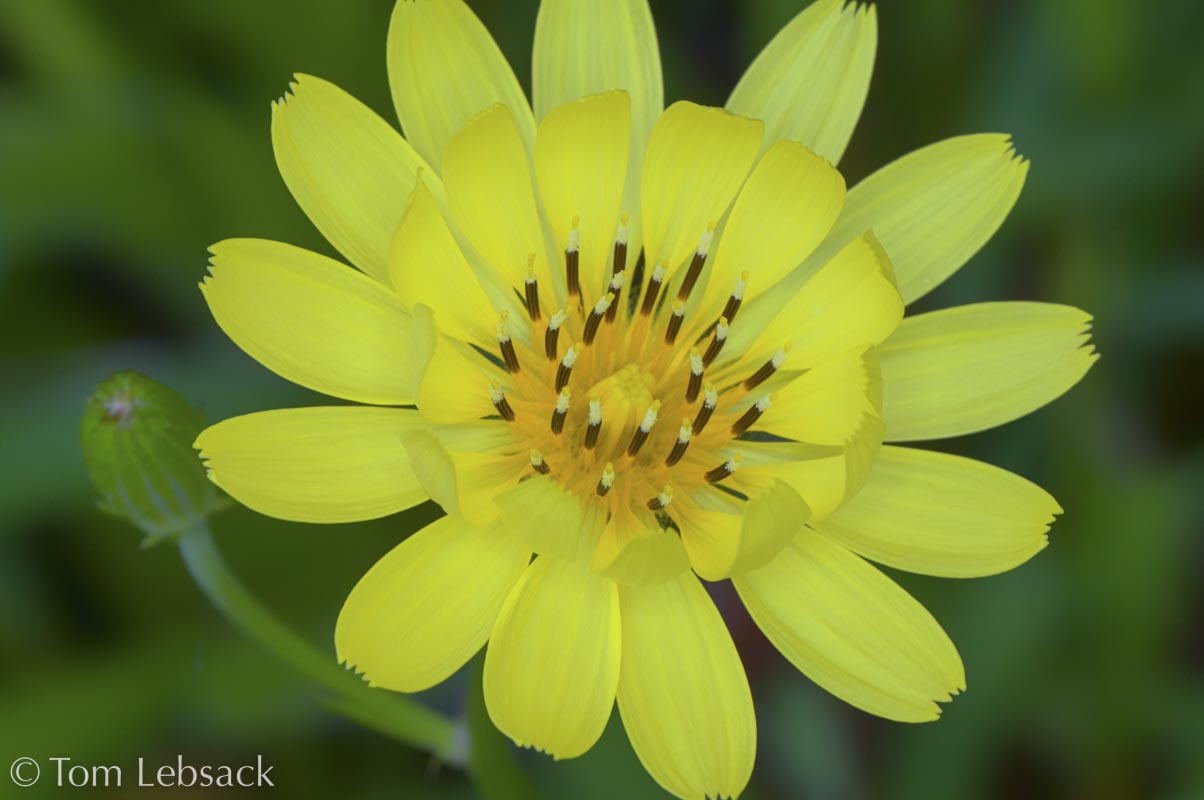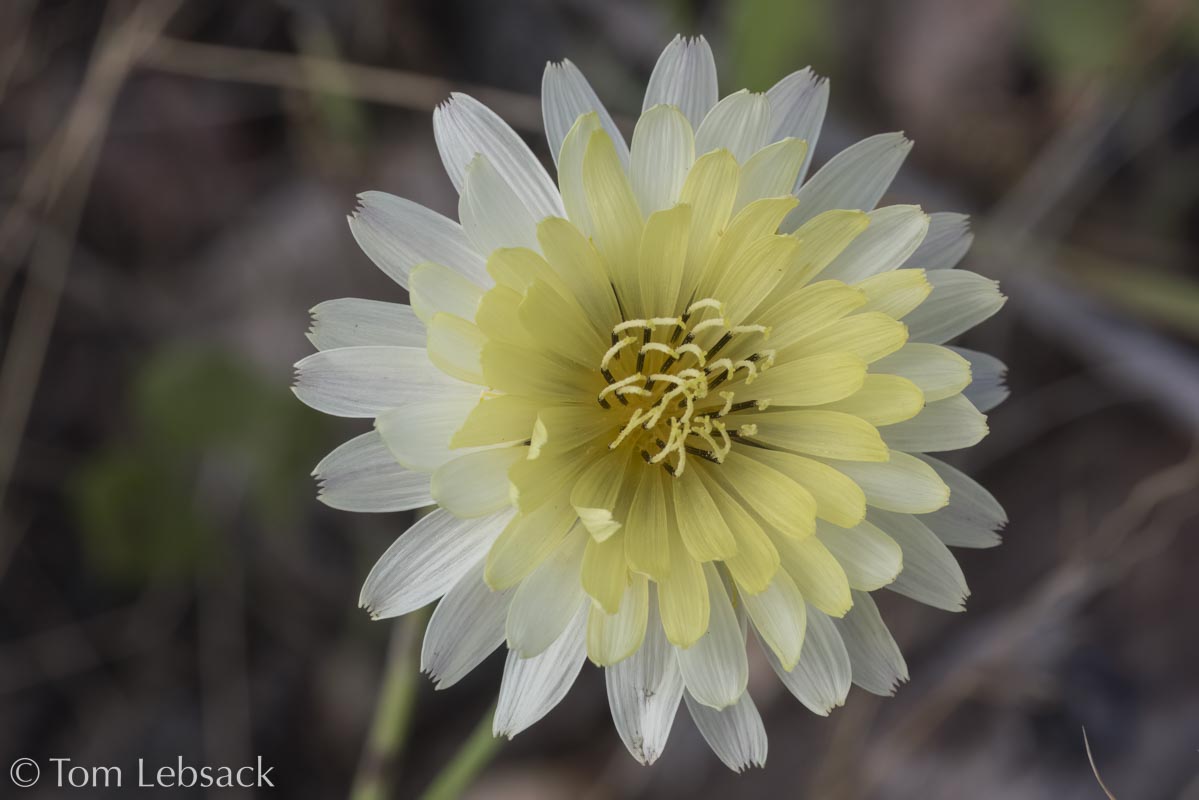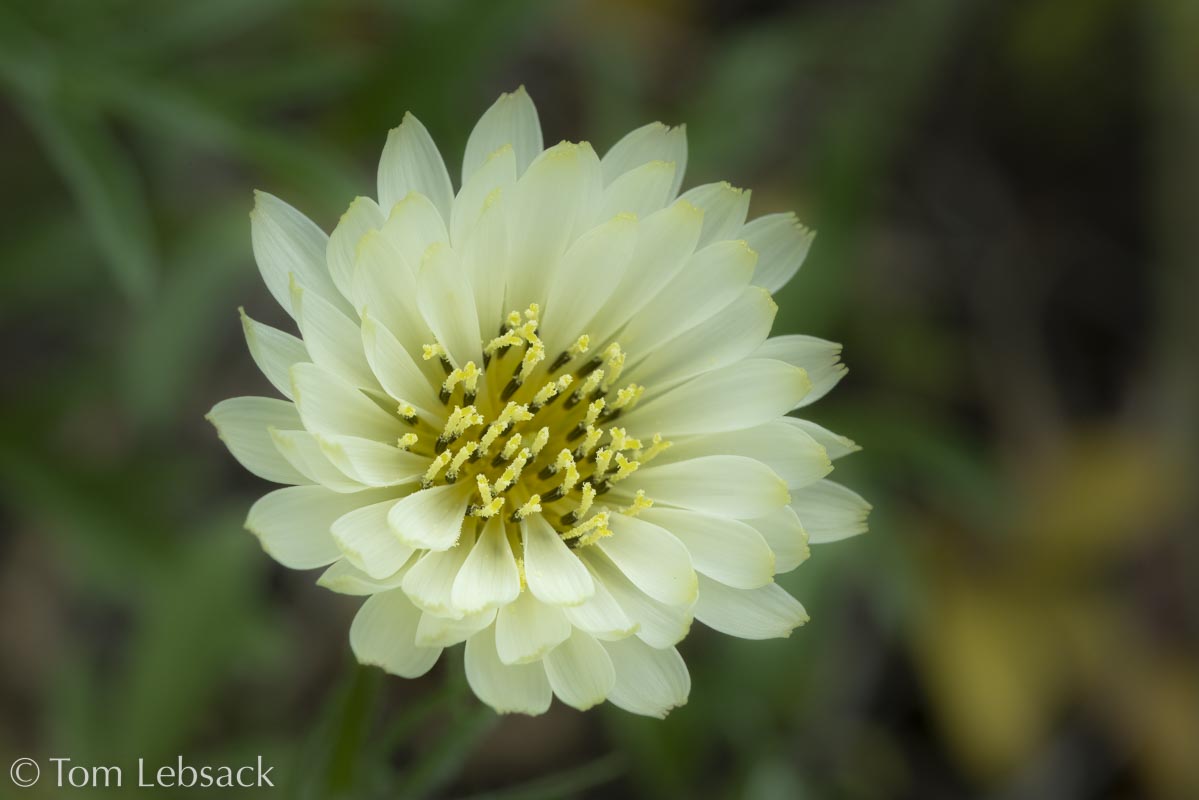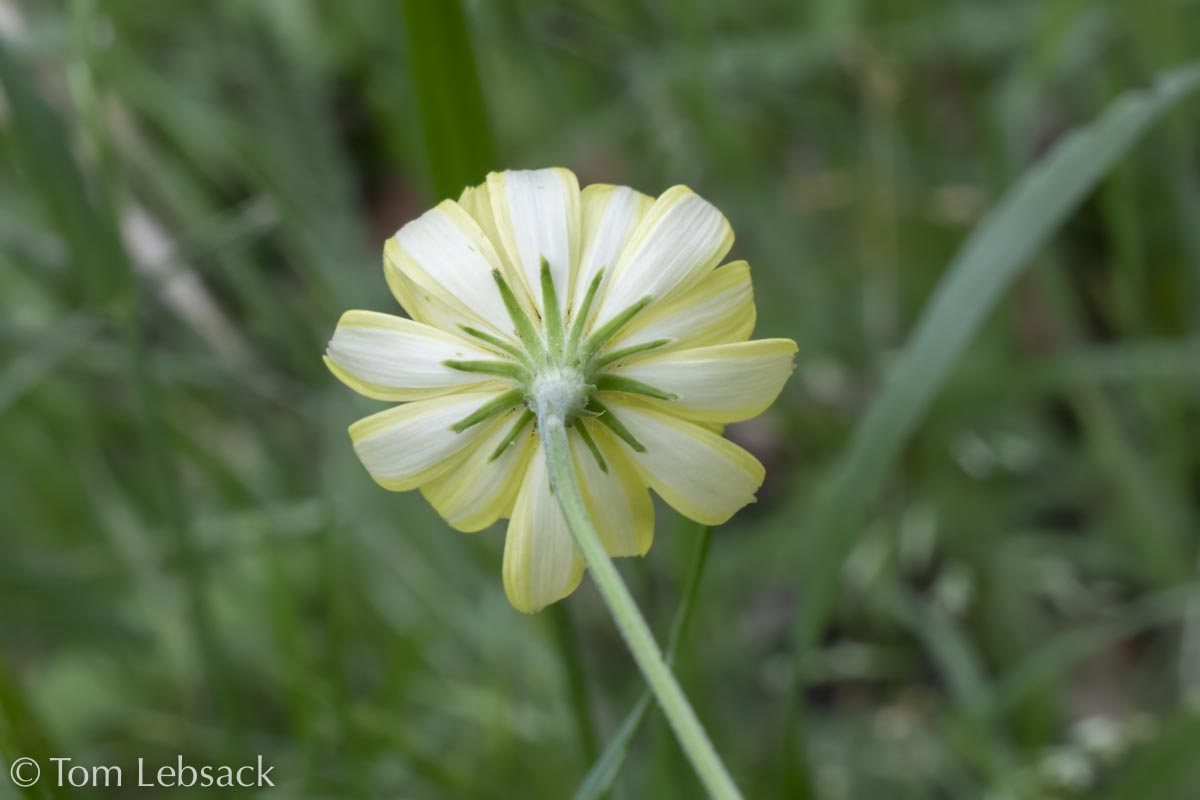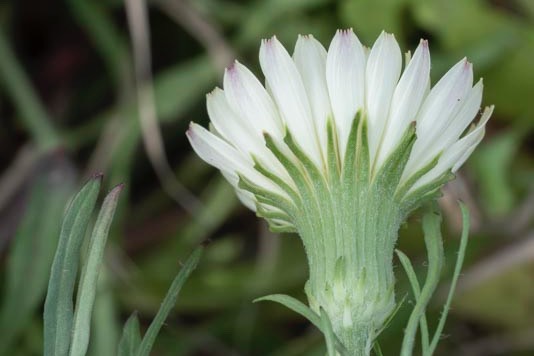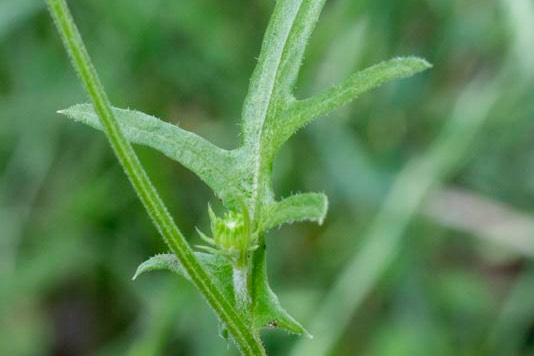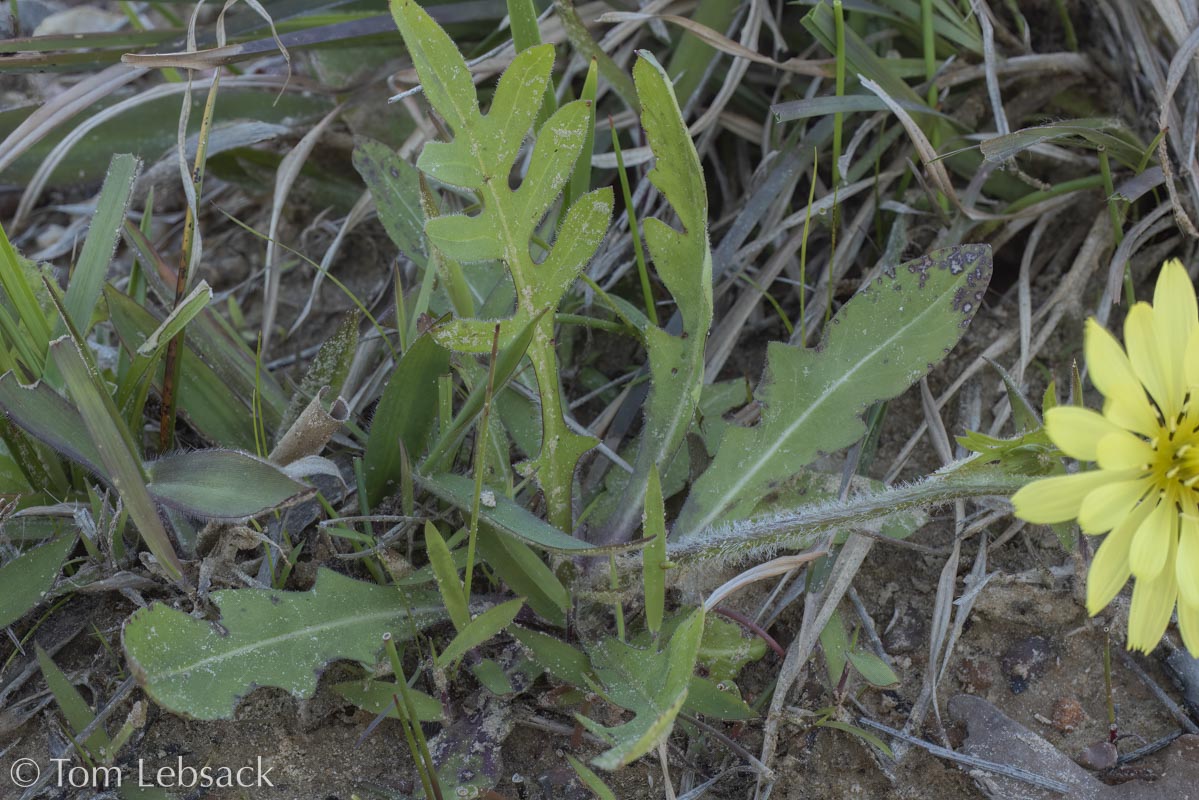Texas Wildbuds
Pyrrhopappus pauciflorus
(Texas Dandelion)
| Scientific Name | Pyrrhopappus pauciflorus (Pyrrhopappus multicaulis) | USDA PLANTS Symbol | PYPA4 |
| Common Name | Texas Dandelion | ITIS Taxonomic Serial No. | 507140 |
| Family | Asteraceae (Sunflower) | SEINet Reference |
Click Here |
| Description | Habitat: Calcareous or clay soils in disturbed sites and prairies. Plant: Erect annual 6 to 24 inches tall. Leaves: Mostly oblanceolate to lanceolate, usually pinnatifid basal leaves, 3 to 8 inches long; few stem leaves, much smaller with few lobes, indentations or entire margins. Inflorescence: Solitary or a few yellow heads at stem tips in corymb-like arrays, each 3/4 to 2 inches across with 50 to 60 rays; rays have 5 notches at tips; dark anther tubes protruding from the center; no disk florets; cylindrical involucre below has green phyllaries in two series, a row of short outer ones at the base and an inner row of much longer ones. Bloom Period: February to June. References: "Wildflowers of the Texas Hill Country" by Marshall Enquist, "Texas Wildflowers" by Geyata Ajilsvsgi and SEINet and P. multicaulis in "Manual of the Vascular Plants of Texas" by Correll and Johnston. Note: All of the references that I have checked indicate that P. pauciflorus rays are yellow with no mention of white. But the images from Val Verde County have white rays with just a tinge of yellow at the tips, and the image from Bastrop County has a mix of white and yellow rays. All have the characteristic dark bands on the anther tubes. |
BONAP Distribution Map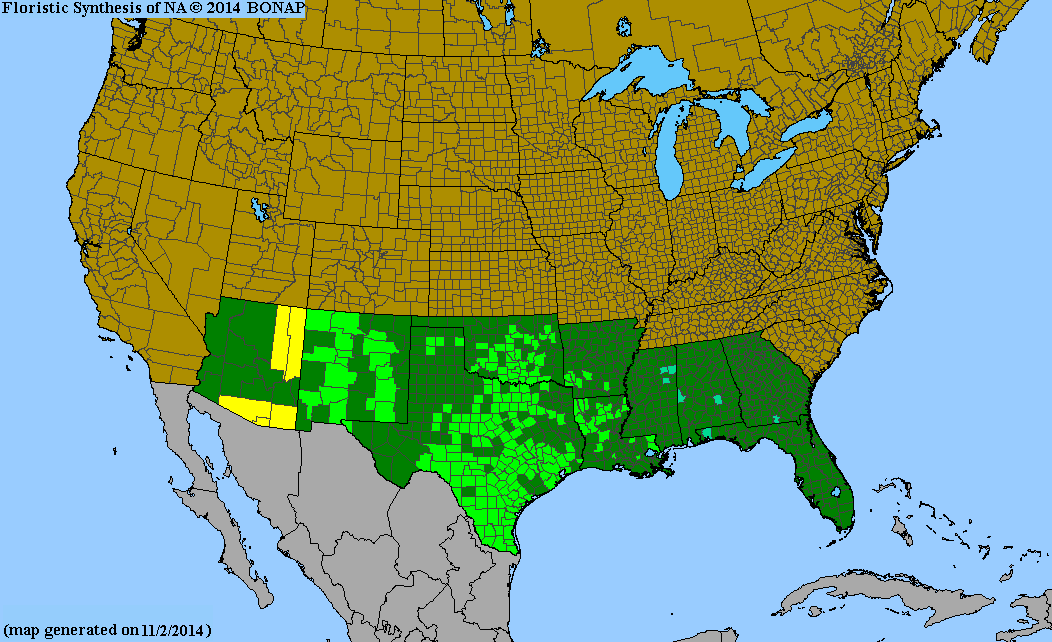 Map Color Key Map Color Key |
Texas Status: Native |
Banner photo of Castilleja indivisa and Lupinus ssp. taken along FM 1323 north of Johnson City, Blanco County
© Tom Lebsack 2025
Every attempt is made to provide accurate, up-to-date, and relevant information, but the completeness or accuracy of any information presented on this website cannot be guaranteed. I use authoritative references to insure high standards of accuracy and review and update the information frequently.
